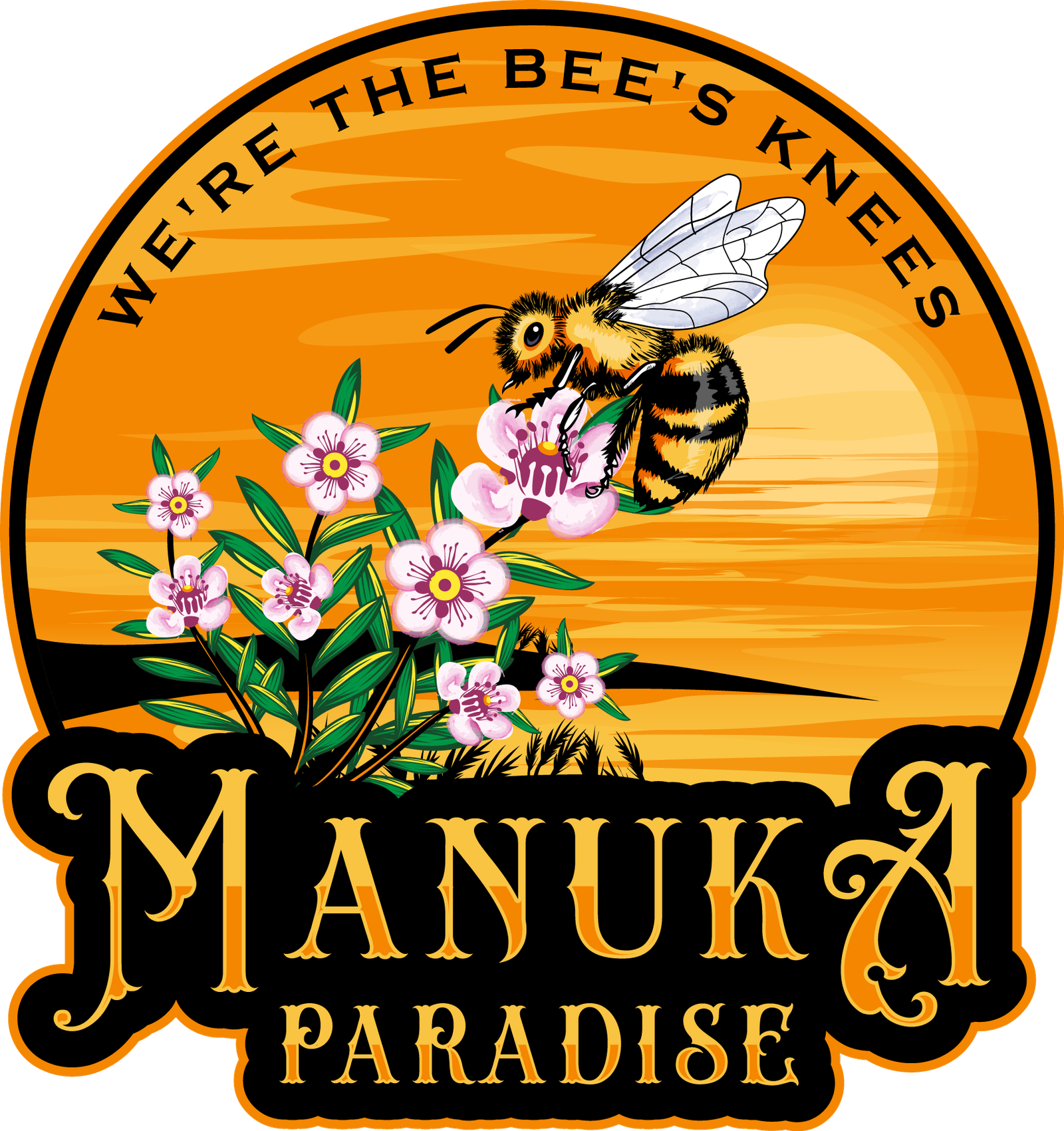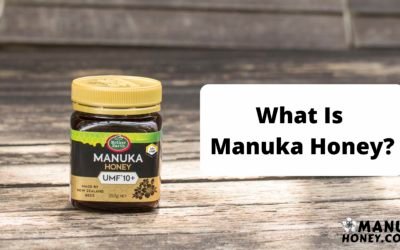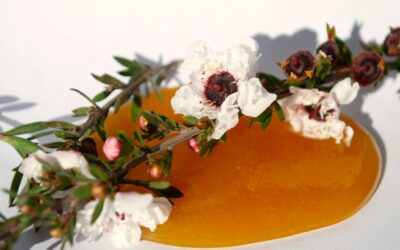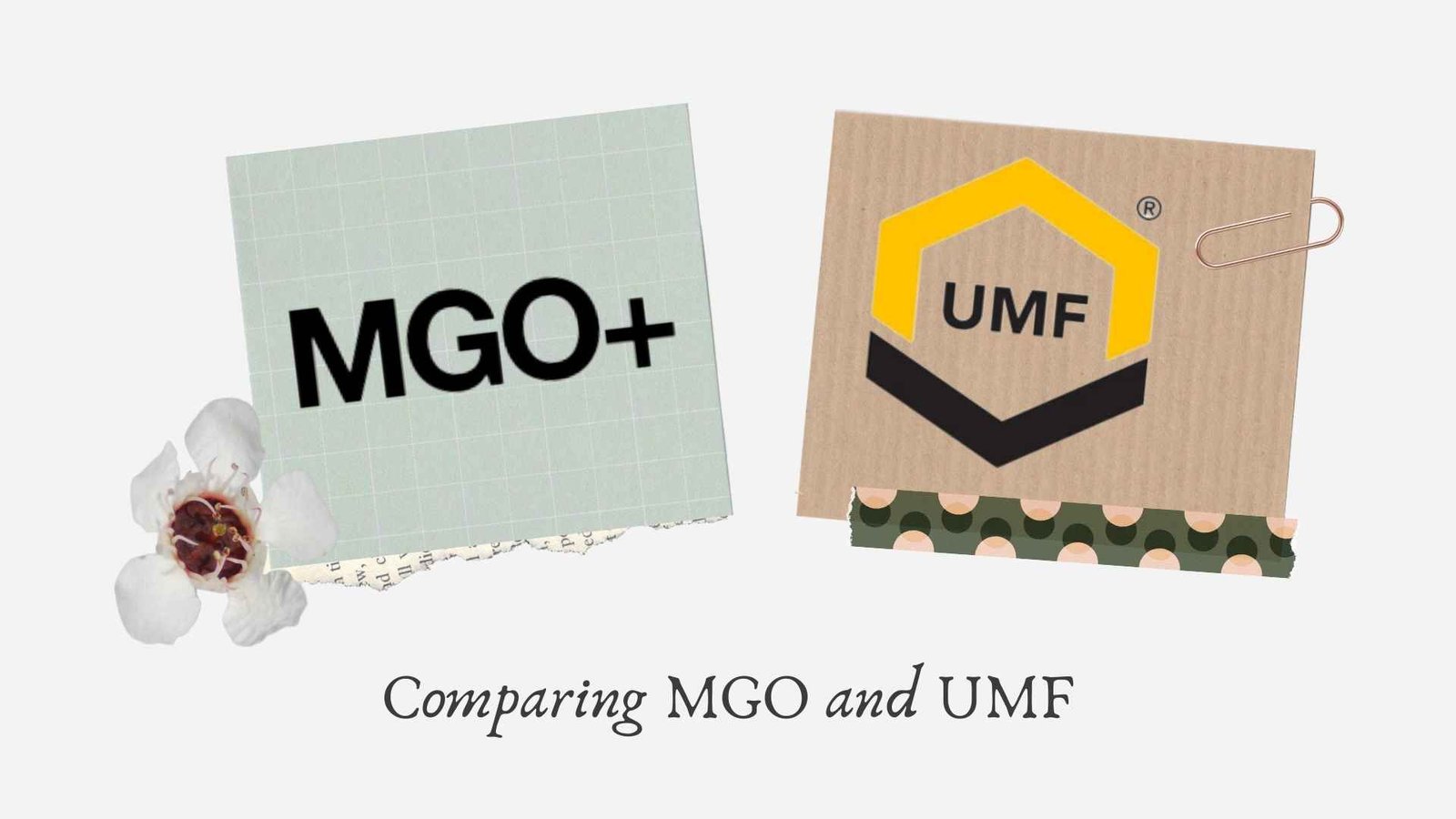Buy Only The Best And Most Authentic
Manuka honey is often considered as ‘liquid gold’ given its multitude of beneficial properties and uses. From healing wounds to brightening your skin, manuka honey can do it all! To truly know that your manuka honey is the real deal, you may have questions about how manuka honey is graded. How else can you trust the labels you see on the jars of honey? Find out more about the two main grading systems for manuka honey in this article.
Why Grade Manuka Honey?
Grading manuka honey helps to protect both the producers and consumers. The systems were developed to address concerns that consumers might not always be buying high-quality manuka honey. As the demand and popularity of manuka honey have begun to gain traction, some producers have begun to pass off their regular honey as that of manuka honey, using misleading and inaccurate descriptions. This is especially important since the benefits of manuka honey do not appear in regular store-bought honey. In December 2017, the Ministry for Primary Industries (MPI) finalized a robust scientific definition that is used to authenticate whether a particular honey is New Zealand’s manuka honey. You can protect this industry by only buying from recognized beekeepers with up-to-date certifications.
What Is MGO?
To begin, the MGO grading system stands for methylglyoxal, a chemical that naturally occurs in manuka honey. According to experts, MGO is the miraculous ingredient that gives manuka honey its antibacterial properties. The MGO grading system was developed by Professor Thomas Henle in 2008. The antibacterial properties of MGO were even discovered by him!
What Is UMF?
UMF stands for the Unique Manuka Factor. In 1998 a small industry group in New Zealand established the UMF trademark. As compared to MGO, UMF does not only account for MGO levels in honey but also other compounds such as dihydroxyacetone (DHA) and leptosperin. DHA does not directly have antibacterial properties like MGO. However, over time, the DHA in manuka honey can react with other compounds, turning into MGO. As such, DHA can be considered as an indicator of the potential MGO that manuka honey can contain. Lastly, UMF also tests for leptosperin. This acts as the ‘fingerprint’ at manuka honey, a chemical marker for the authenticity of manuka honey. It is an excellent way to show that the honey is genuine.
Comparing MGO and UMF
Refer to this handy table to understand some of the key similarities and differences between MOG and UMF.
|
MGO |
UMF |
|
Both are recognized by the manuka honey industry in New Zealand. |
|
|
Both are standardized and have stringent checks and requirements. Only government-recognized laboratories can test manuka honey. |
|
|
Both will provide beekeepers with certificates to prove authenticity. |
|
|
Measures MGO content in honey |
Measures MGO, DHA, and leptosperin content in honey |
|
Simpler, straightforward |
Complicated, advanced |
Parallels between MGO and UMF grading systems
Although the two are different grading systems, the two generally can be compared:
|
UMF rating |
MGO rating |
Honey grade |
|
UMF 5+ |
MGO 83+ |
Table/basic grade For daily ingestion |
|
UMF 10+ |
MGO 263+ |
|
|
UMF 12+ |
MGO 356+ |
Therapeutic/top grade For short term consumption, to address milder bacterial infections |
|
UMF 15+ |
MGO 514+ |
|
|
UMF 18+ |
MGO 696+ |
Superior grade For short term consumption, for bad wounds and powerful/dangerous infections |
|
UMF 20+ |
MGO 829+ |
Grab Your Manuka Honey Today!
We hope this article has been able to shed some light on the UMF and MGO grading systems, providing you with peace of mind even as you look for your next bottle of manuka honey. Purchasing manuka honey from well-established brands with the right certifications and ethical practices is the best way to protect this unique industry. We’d recommend some of our favourite (and certified!) options from Pouatu and Mother Earth here!






